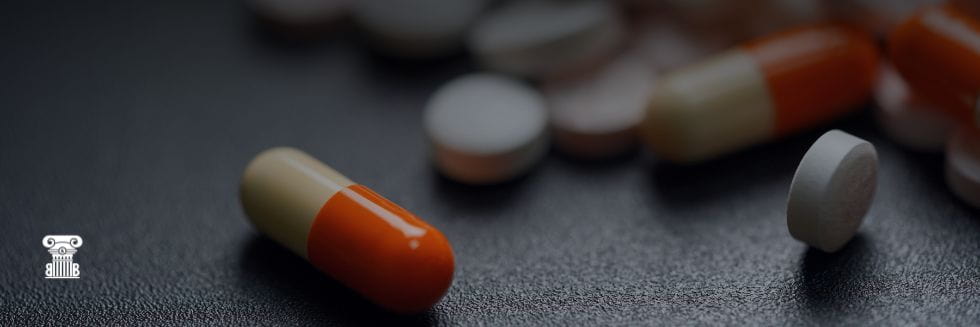Overview
What is Product Liability?
The product which is sold in the market should meet some minimum standards. If the product does not fulfill the reasonable expectation of a consumer, then who would be liable for the product? The answer to this question is what is going to be answered through detailed analysis on the topic of product liability in India. The reason why it is necessary to trace the liability behind the defect in the product is to ensure to the consumer that he would be compensated if there is any defect in the product. He must know whom to sue if the product is not as per standards.
What are the types of product liability in India?
A defect in the design:
A defect in the product, prior to it being manufactured.
Manufacturing defect:
Sometimes the defect is caused during manufacturing; something unwanted or harmful may be added to the product at the time of manufacturing.
Marketing defect:
This is the most common defect in the products – like the wrong instructions or labeling on the package.
Who is liable?
From manufacturer to retailer, every person in the chain is responsible for the product liability whether he is an assembler or a wholesaler.
Who can sue?
The privity of contract is not required for the party to sue:
It is to say that even if the party is directly not the purchaser, even then it can sue for the product liability for any direct or indirect harm incurred. Generally, the plaintiff has to show the negligence of the product maker but sometimes things are so clear that the plaintiff need not prove it and the things speak for itself. In such a situation, the liability to prove that there was no defect in the product shifts on the producers.
Theories of product liability in India:
There can be a breach of warranty given by the producer:
There may be warranty given by the producer in the express or implied form like return policy, or exchange etc. In case the producer fails to fulfill their claim then there is a breach of the warranty and can be sued. However, it is rarely done because the plaintiff has to prove the privity of contract.
2. Strict liability:
In the case of strict liability, the plaintiff need not prove the point that the producer had been negligent on his part because the harm caused is so high and obvious that it becomes easy to come to a conclusion that the producer is at fault. There are products for which the risk cannot be totally avoided but at least can be minimized by mentioning the safeguards to use the product which is the duty of producers.
3. Negligence:
The plaintiff has to prove that the producers had the duty to take care of the health of the consumers and they had failed to fulfill their duty and due to this the consumer had suffered the loss.
General defenses in the case of product liability:
- The most common defense taken is that the plaintiff has altered the product after it got detached from the hands of the producer which eventually resulted in harm/injury/loss of consumer.
- That the plaintiff misused the product resulting in harm.
- That the plaintiff has baselessly accused the producer, for no good reason.
- That the plaintiff did not know whom to sue as the line is not clear. He can claim that all the producers would be liable in the ratio of their sale in the market.
It is important to secure the rights of the consumer, however, the rights and legislation supporting these rights are often misused, as well as abused, when the consumer makes baseless and frivolous claims against the producer for selfish interests. In such a situation, the producer has a right to defense.








